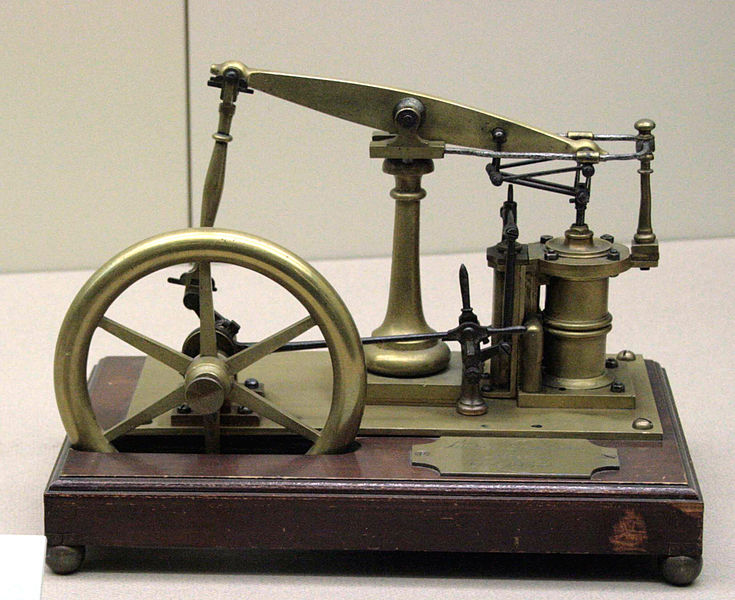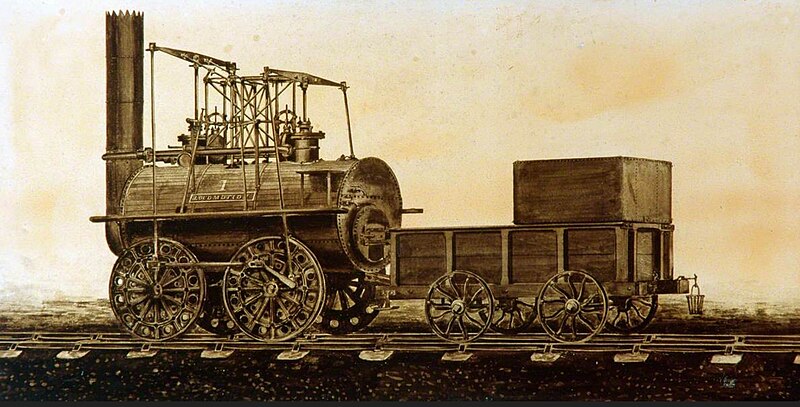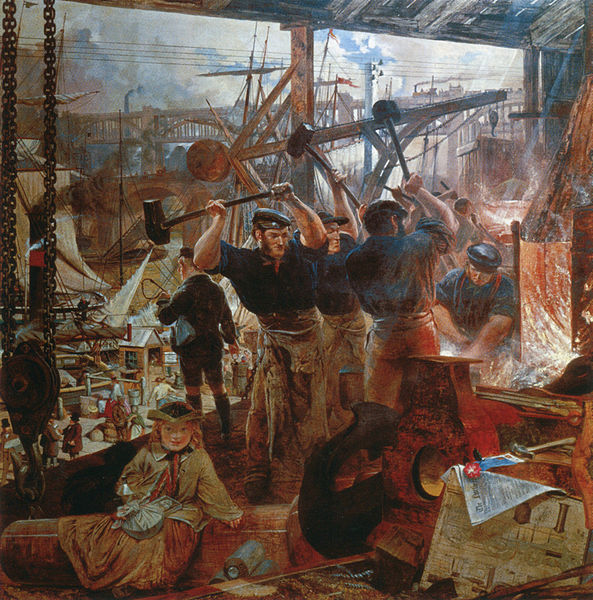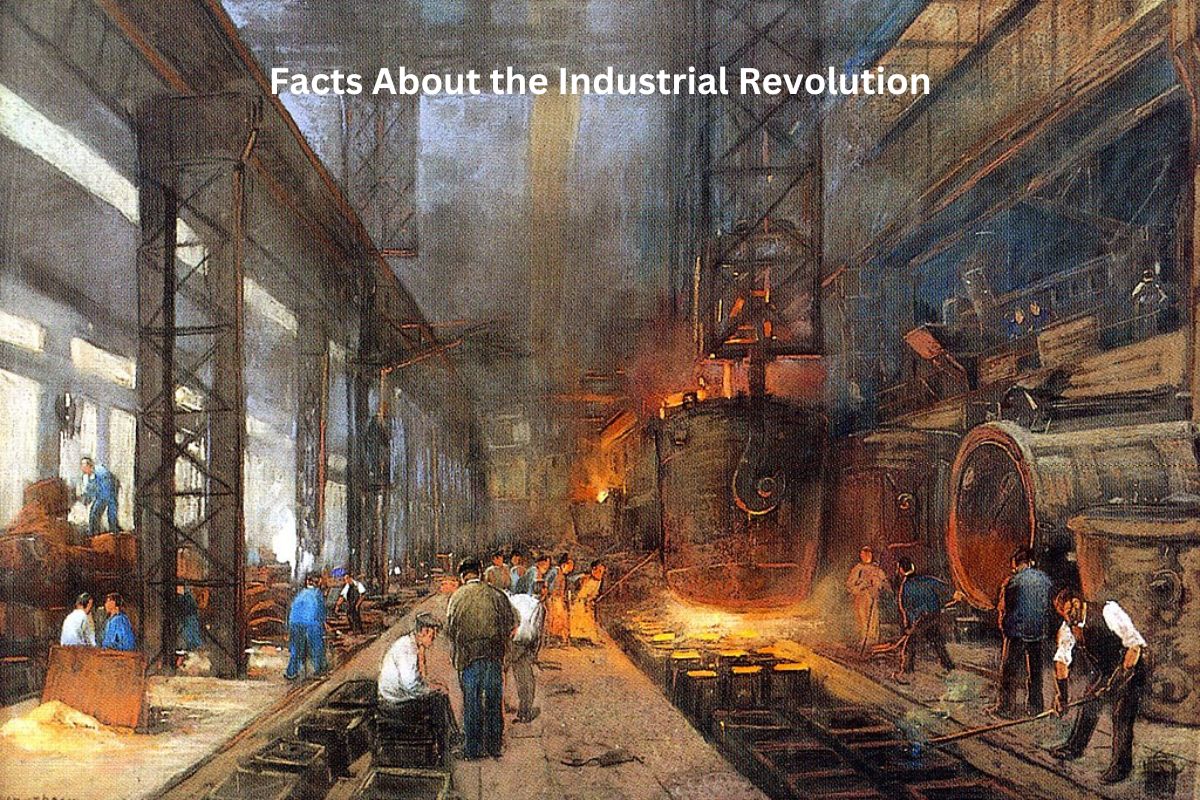The Industrial Revolution was a transformative period in history that began in the late 18th century and continued into the 19th century.
It marked a profound shift in the way society produced goods and organized labor, with the widespread adoption of mechanization, factories, and technological innovations.
This era had far-reaching effects on economies, societies, and the environment, laying the groundwork for modern industrialized nations and shaping the world we live in today.
In this discussion, we will explore key facts and aspects of the Industrial Revolution, highlighting its impact on various facets of life during this pivotal time in history.
Industrial Revolution Facts
1. Began in the late 18th century
The Industrial Revolution is typically dated from the late 18th century, starting around 1760 in Britain, and continuing into the 19th century.
This period marked a significant shift in the way goods were produced, moving from manual labor and small-scale craftsmanship to mechanized and industrialized processes.
2. Steam engine invention by James Watt
James Watt, a Scottish engineer, is credited with perfecting and popularizing the steam engine in the late 18th century. His improvements to the Newcomen steam engine made it more efficient and practical for various applications.
Also Read: Timeline of the Industrial Revolution
The steam engine became a cornerstone of the Industrial Revolution, powering machinery in factories, ships, and locomotives, and revolutionizing transportation and industry.

3. Mechanization of the textile industry
One of the earliest and most transformative aspects of the Industrial Revolution was the mechanization of the textile industry. Innovations such as the spinning jenny, water frame, and power loom dramatically increased the speed and efficiency of textile production.
Also Read: Progressive Era Timeline
These machines allowed for the mass production of textiles, which were in high demand both domestically and for export.
As a result, textile factories sprung up across Britain and later in other parts of the world, changing the way clothing and fabrics were manufactured and impacting the global economy.
4. Introduction of the factory system
The Industrial Revolution saw the widespread adoption of the factory system. This system involved the concentration of workers, machinery, and production processes in large, centralized facilities known as factories. Factories brought several important changes:
- Division of Labor: Factories allowed for the division of labor, with each worker specializing in a specific task. This specialization increased efficiency and productivity.
- Mass Production: Factories enabled mass production of goods, leading to a significant increase in the output of manufactured products.
- Standardization: Products could be standardized and produced with consistent quality, which was often difficult to achieve in smaller, decentralized workshops.
- Economies of Scale: Large-scale production in factories resulted in cost savings, making goods more affordable for consumers.
- Longer Work Hours: Factory work often involved long and grueling hours, and labor conditions could be harsh, leading to concerns about worker rights and labor conditions.
5. Mass urbanization as people moved to cities
The Industrial Revolution triggered a massive wave of urbanization as people from rural areas flocked to cities in search of employment in the new factories and industries. Key aspects of this urbanization included:
- Population Growth: Cities swelled in size, with millions of people moving from the countryside to urban centers.
- Infrastructure Development: Cities expanded rapidly, leading to the construction of roads, bridges, and housing to accommodate the growing population.
- Social Challenges: Urbanization brought challenges like overcrowding, inadequate sanitation, and poor living conditions. This led to the emergence of urban social issues and a focus on urban planning and reform.

6. Development of steam-powered locomotives and railroads
Steam-powered locomotives and the construction of railroads were pivotal innovations of the Industrial Revolution. These developments had several significant impacts:
- Improved Transportation: Railroads provided a faster, more reliable, and cost-effective means of transporting goods and people over long distances. This facilitated the movement of raw materials, finished products, and passengers.
- Regional Integration: Railroads connected previously isolated regions, leading to economic integration and the expansion of markets.
- Industrial Growth: Industries such as coal mining and iron production benefited from improved transportation, leading to further industrialization.
- Global Expansion: Railroads played a role in colonialism and the expansion of empires, as they facilitated the movement of goods and resources within and between countries.
7. Agricultural productivity increased
The Industrial Revolution also had a significant impact on agriculture. New farming techniques and inventions, such as the seed drill and the agricultural revolution, increased agricultural productivity. Key points include:
- Crop Rotation: Farmers adopted more efficient crop rotation practices that helped maintain soil fertility and increase yields.
- Selective Breeding: Agriculturalists began selectively breeding livestock for desirable traits, leading to improved animal breeds.
- Increased Food Supply: These advancements led to a surplus of food, which could support a growing urban population and reduce the need for a large agricultural workforce.
- Rural Changes: As agriculture became more mechanized and productive, it contributed to changes in rural life and a shift of the population from farms to factories in urban areas.
8. Key technological innovations like the telegraph and steel production
The Industrial Revolution was characterized by a wave of technological innovations that transformed various industries. Some notable innovations beyond the steam engine include:
- Telegraph: Samuel Morse’s invention of the telegraph revolutionized long-distance communication, allowing for rapid transmission of information.
- Bessemer Process: The Bessemer process for steel production made steel more affordable and widely available, enabling the construction of stronger structures and machinery.
- Sewing Machine: The sewing machine, invented by Elias Howe and Isaac Singer, revolutionized the textile and clothing industries by automating sewing tasks.

9. Social and economic changes, including the rise of the working class
The Industrial Revolution brought about profound social and economic changes. Key aspects include:
- Emergence of a Working Class: A new industrial working class emerged, often subjected to long hours, poor working conditions, and low wages.
- Labor Unions: Workers began organizing labor unions to advocate for better conditions, higher pay, and improved rights.
- Capitalism: The Industrial Revolution played a central role in the growth of capitalism, with entrepreneurs and industrialists accumulating wealth and capital.
10. Environmental impacts, including pollution and resource depletion
The rapid industrialization of the 19th century had significant environmental consequences. This included:
- Pollution: The increased use of coal for energy and the expansion of industrial activities led to pollution of the air and water, contributing to health problems and environmental degradation.
- Deforestation: The demand for timber and land for industry and urban expansion led to widespread deforestation.
- Resource Depletion: The Industrial Revolution led to the depletion of natural resources, such as coal and iron ore, as they were extracted for industrial purposes.
